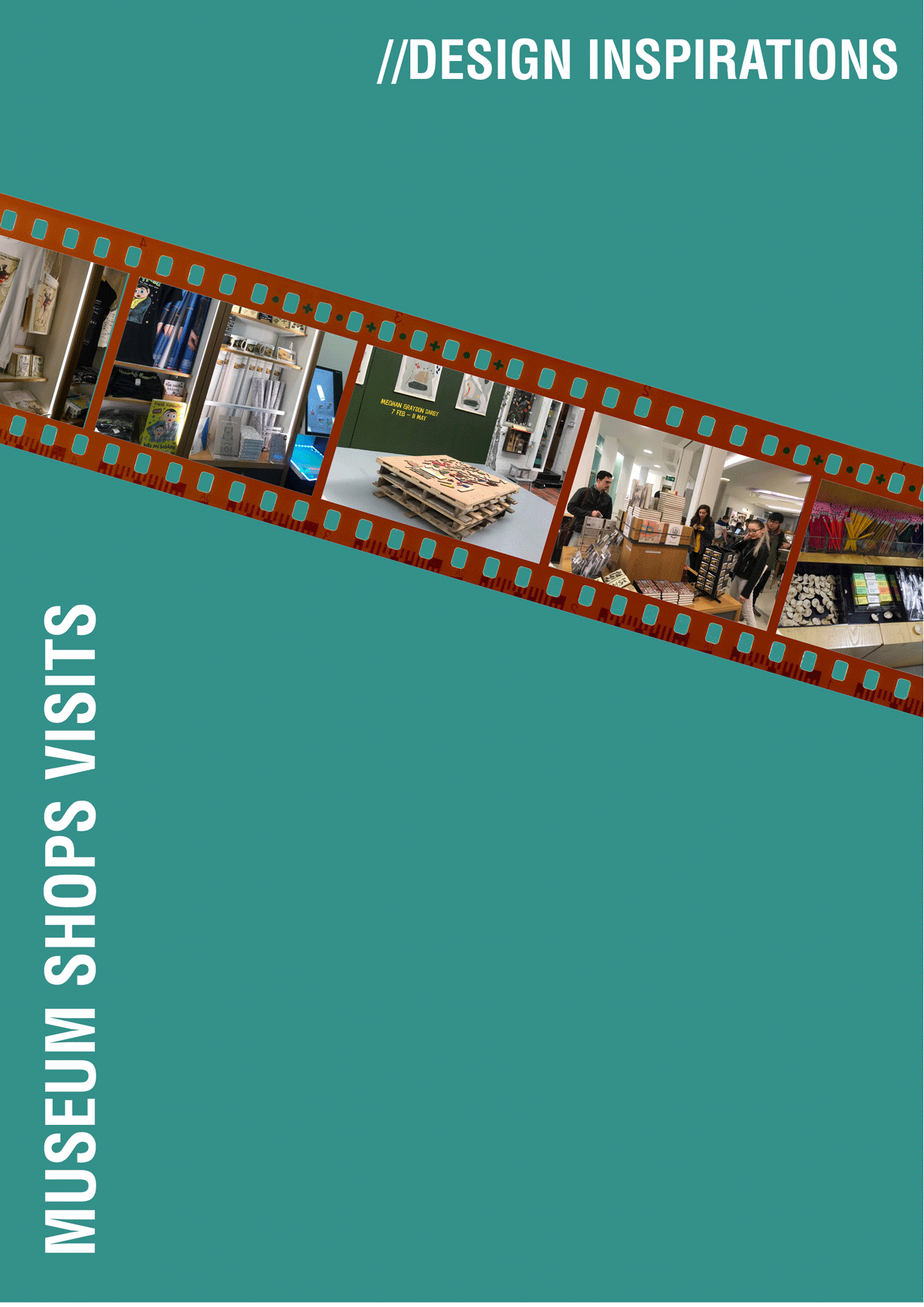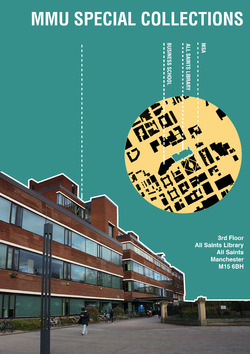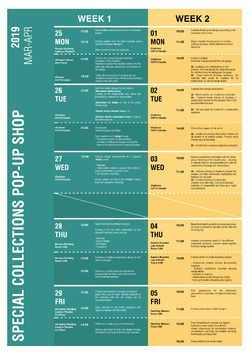//DAY 02//MUSEUM SHOPS VISITS
The morning session provided a series of opportunities for students to draw inspirations from various museum shops as well as independent shops. Students were encouraged to document the spaces through photography, and catalogued the items sold within each museums, followed by a general discussion within the group to discuss on the merits and limitations of each design. Three contrasting shop layouts were explored:
The Manchester Central Library//
The library contains a small display unit with a limited range of items stacked on shelves. The students pointed out the weakness of the pricing system as well as the absence of library image within the shop and hope to improve upon this limitation. A catalogue of items that could potentially be sold in the MMU specials collections were documented and photographed.
The Manchester Art Gallery//
The gallery housed the largest collection of items between the 3 spaces. A series of cupboards with hanging frames centralised the shop, with post cards and various bespoke decorative pieces hanged from the structures. The students admired the simplicity and systematic arrangement utilised, as well as the storage system within each display unit. During the discussion, students were encouraged to think about materiality in unifying the overall space and creating a design language suitable for the shop.
The Crafts and Design Centre//
The centre is home to various independent shops, each with unique characteristics selling a range of bespoke items. The items were generally displayed in draws and on the walls without a systematic organisation system. The students were able to recognise these limitations but praised the branding strategy in creating a sense of presence for visitors, which was lacking from the other two places.
The morning session provided a series of opportunities for students to draw inspirations from various museum shops as well as independent shops. Students were encouraged to document the spaces through photography, and catalogued the items sold within each museums, followed by a general discussion within the group to discuss on the merits and limitations of each design. Three contrasting shop layouts were explored:
The Manchester Central Library//
The library contains a small display unit with a limited range of items stacked on shelves. The students pointed out the weakness of the pricing system as well as the absence of library image within the shop and hope to improve upon this limitation. A catalogue of items that could potentially be sold in the MMU specials collections were documented and photographed.
The Manchester Art Gallery//
The gallery housed the largest collection of items between the 3 spaces. A series of cupboards with hanging frames centralised the shop, with post cards and various bespoke decorative pieces hanged from the structures. The students admired the simplicity and systematic arrangement utilised, as well as the storage system within each display unit. During the discussion, students were encouraged to think about materiality in unifying the overall space and creating a design language suitable for the shop.
The Crafts and Design Centre//
The centre is home to various independent shops, each with unique characteristics selling a range of bespoke items. The items were generally displayed in draws and on the walls without a systematic organisation system. The students were able to recognise these limitations but praised the branding strategy in creating a sense of presence for visitors, which was lacking from the other two places.
Posted 27 Mar 2019 02:03




